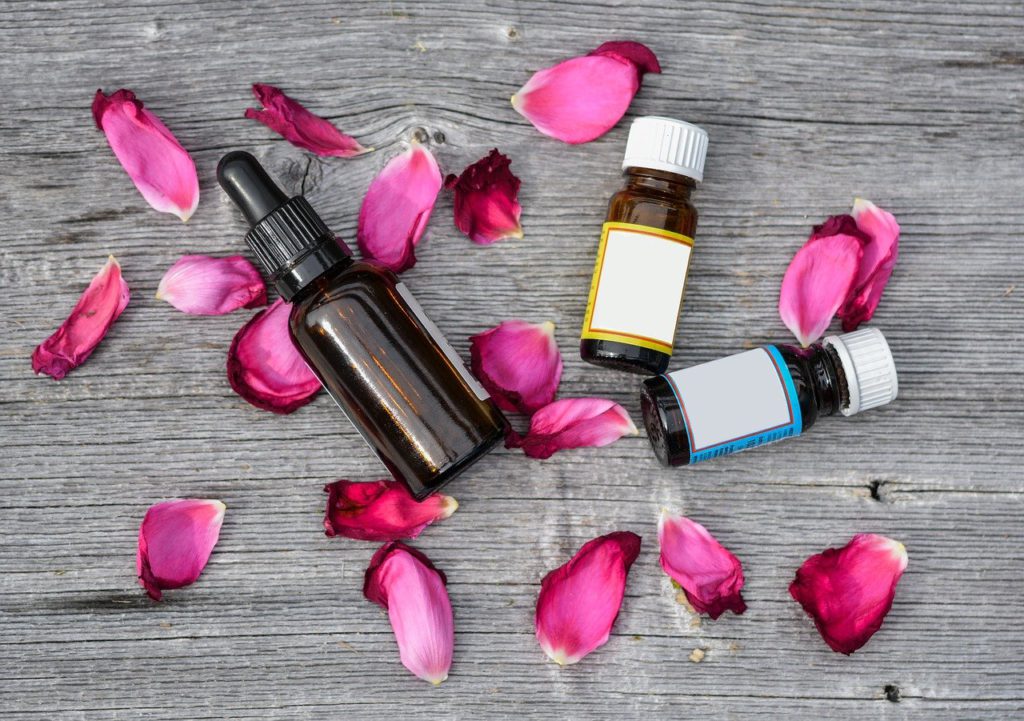
Citrus oil
Citrus Oil can increase sensitivity to sunlight, so avoid sun exposure for at least 12 hours after use. Avoid use on skin areas that will be exposed to sunlight for 12 hours.
Remember that not all oils or brands of oils are safe for topical use. Just make sure the oil you choose is safe to use “clean” (undiluted) on the skin. If not, simply mix with a carrier oil of your choice at the recommended dilution. This oil is a staple in skincare and helps treat acne, nail fungus, and warts.
Peppermint oil
It is a powerful oil that is used to improve respiratory function and relieve sinus congestion.
Lavender Oil
The sedative properties of lavender oil make it useful for it to use as an aromatherapy oil in Australia. Just as it soothes when applied to whiskey, it can soothe the stomach if you are nervous, nauseous, or have indigestion.
Using a refreshing or relaxing essential oil can make this method useful at any time of the day or night. Using an essential oil burner or adding a few drops to a diffuser is a very popular way to get rid of respiratory problems. Some good examples include body wraps, baths, sprays, skin massages, and even essential oil baths.
Aromatherapy
Another method that can help you a lot when it comes to using essential oils effectively is aromatherapy. Aromatherapy is the use of natural oils extracted from the stems, bark, roots, leaves, or other parts of plants to help balance and improve physical and mental health.
Infused oils are made by soaking herbs in specific oils to extract active compounds. Some plants, like calendula, absorb well and produce a very healing oil. Essential oils are too thick to be used in massage alone, so they must be mixed with a neutral-scented carrier oil like sweet almond or grapeseed oil.
You can make your own massage oil by adding 15-20 drops diluted in 1/2 cup carrier oil. You can also make a solution of water mixed with your favorite essential oil and use it to clean your yoga mat.
Boil 2-3 cups of water, pour into a bowl, and add 2-5 drops of oil to the water. Tilt your head over the bowl, put a towel over your head, and inhale the steam.
One caveat is that aromatherapy may not work for older people with dementia or behavioral problems, he notes. This may be because people tend to lose their sense of smell as they age.
Essential Oils In the bath
Essential oils are synthetic, and while they smell great, they do not contain beneficial natural compounds. Synthetic essential oils do not contain important ingredients from real plants. Just avoid cinnamon, black currant, oregano, wintergreen, and lemongrass in an essential oil bath, as they can irritate sensitive skin.
You can create a custom formula to meet your needs, or simply mix 5 to 10 drops of essential oil with 1 ounce of carrier oil such as jojoba, grapeseed, or olive oil and apply where needed. The choice of carrier oil depends in part on your preference for scent, texture, and sensitivity to avoid allergic reactions. Popular carrier oils are coconut, sweet almond, jojoba, avocado, sunflower, or grapeseed oils. Most of the time, the oil is applied to the feet, chest, temples, and wrists.
You can also gently massage the oil into pressure points, such as the temples, wrists, and third eye. You can also massage your feet with essential oils and place a few drops around your nose. You can put a few drops on your wooden bracelet or necklace to infuse you with essential oils throughout the day.
If you don’t have wooden beads, there are other options that work great, such as terracotta pendants, lava beads, suede cord, or leather cuffs. A simple car diffuser can be made with clothespins, a hot glue gun, and felt balls.
Alternatively, put a few drops on a handkerchief, keep it in your pocket, or make an essential oil inhaler or clay necklace that you can inhale anytime. Clear your mind and inhale the aroma by inhaling directly from the open bottle or by rubbing a drop of the oil between the palms of your hands. Once you’ve done this, take a towel over your head, then take a bowl of water with essential oils and take a deep breath to create a relaxing feeling.
You can lightly heat the oil so that the liquid turns to steam and releases it from the oil. If you enjoy steam inhaling the bowl and notice that the steam is disappearing or cooling, add more hot water and a few drops of vegetable oil as needed, as the water will dilute.
Also keep in mind that essential oils are highly flammable, which makes the electron diffusion method safer and more versatile.
The first time you use new essential oil, use just one drop to make sure you don’t have a reaction or sensitivity to the oil. Move the dot to get more or fewer drops of oil from the bottle. Even if you are the most staunch supporter of oil, there will always be one oil that you should not use.
Other options, he notes, include applying an essential oil topically “to envelop you in fragrance” (for example, mint applied to your temple can help relieve a headache); by placing a few drops of a relaxing mixture in the bath or scenting the entire space with an essential oil diffuser. And what can be a powerful fragrance on its own can be balanced by blending it with other oils. Dr. Lin states that most people use tea tree oil as an antiseptic, antimicrobial, or antifungal agent.